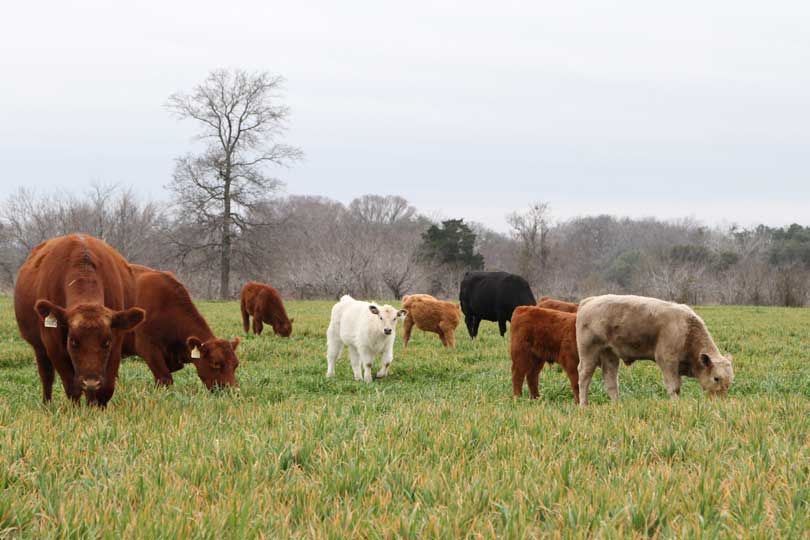Lower costs and higher production are on the horizon for the livestock and poultry sectors, according to Dr. Steve Meyer, vice president of Pork Analysis for EMI Analytics. Meyer addressed farmers and ranchers from across the country during a workshop at the American Farm Bureau Federation’s 97th Annual Convention & IDEAg Trade Show in Orlando, Fla.
Sparked by lower fuel prices, consumers have more disposable income to spend on protein.
“We have seen fundamental changes on the perception of animal fats, and there’s more interest in incorporating protein in diets,” Meyer said. “And consumers have been willing to pay for meat.”
That consumer demand, coupled with lower production due to drought, has led to increased prices for meat products.
The meat sector was significantly impacted by disease—avian influenza and porcine epidemic diarrhea virus—over the last few years, but the industry has rebounded.
“We’re better at managing disease and it shows,” Meyer said.
Although a stronger U.S. dollar has negatively affected impacted trade, mandatory Country of Origin Labeling repeal averted retaliatory tariffs, which will help agricultural exports.
The Trans-Pacific Partnership (TPP) could be a major development for all species, especially beef and pork, in the coming years.
“TPP is a game changer,” Meyer said. “It’s going to open up the Japanese market for lower value products that we haven’t been able to ship before.”
Lower input costs have also helped the livestock and poultry sectors, and those costs are forecast to remain low in 2016, leading to expected production growth for beef, pork and poultry.
Meyer also cautioned that several risks—trade disruptions, world economy and demand—could change the outlook for 2016.

